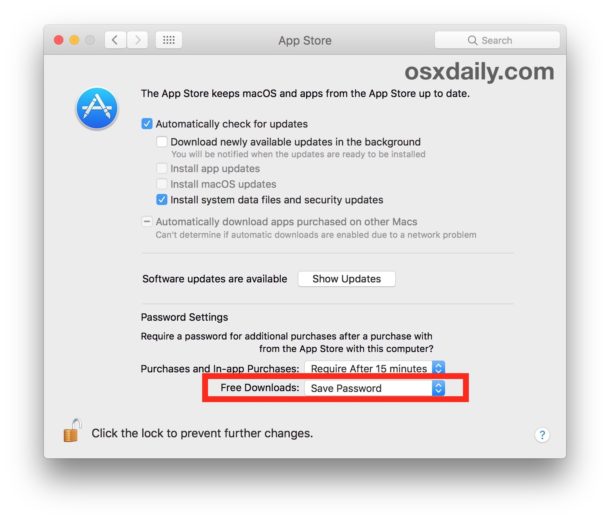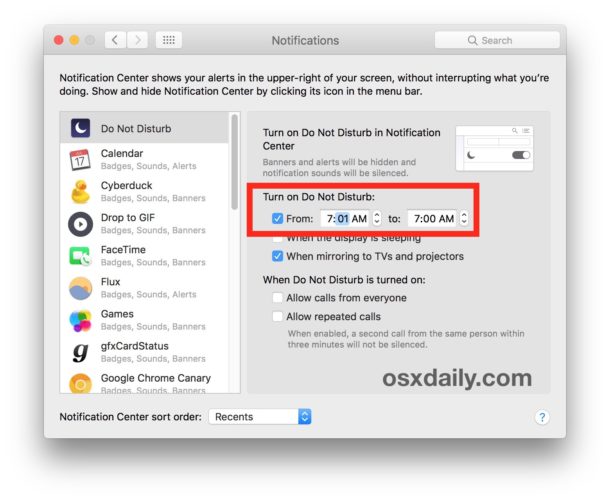Bouncing Hell! Mac OS
Bluetooth is an incredible invention. ITunes is a mediocre media player. But if you use a Mac, you can't have one without the other. Any time you connect a Bluetooth Audio device, OS X opens. We would like to show you a description here but the site won’t allow us. PC, MAC, LINUX, ANDROID VERSION FREE ON ITCH.IO: Elijahkuzmichov.itch.io. Description Bouncing Hell this is 2d Platform game with four characters, with quests. Disclaimer: I do not own Borderlands 2 and so I cannot predict what the results of this process will be. Your safest bet is to go the Mac App Store page for Borderlands 2 and use the Borderlands 2 Support link.All Mac App Store apps are required to have a ‘support’ link.
I have a problem with my MacBook with applications 'bouncing' in the dock and not opening. I took the macbook into the genius store and they said it wasn't a permissions issue they thought it was some 3rd party programme I have loaded.
I have loaded Snow Leopard onto both my iMac and Macbook, the same apps work fine on the iMac but on my MacBook i am having to reinstall nearly all my apps to get them to work.The problem started a few weeks ago with leopard and I was hoping that with Snow Leopard it would sort it but as I used Time Machine to import all my data after upgrading I seem to have brought the problem into Snow Leopard.
The only thing I have done around the time this started happening that I can think of is that I downloaded one of those programmes that help free up space on the mac by deleting all unnecessary languages (I just need British English) . could taking languages off interfere with so many apps?
The Spinning Beach Ball of Death |
The spinning wait cursor or spinning disc pointer — where your mouse pointer becomes the rotating color wheel or 'spinning beach ball' seen above — generally indicates that your Mac® is engaged in a processor-intensive activity. For example, applying a Gaussian blur to an image in Adobe® Photoshop® is a processor-intensive activity.
In most cases, the 'beach ball' disappears within several seconds. However, there are cases when the 'beach ball' spins protractedly, a condition colloquially known as 'The Spinning Beach Ball of Death' (SBBOD).
This FAQ — derived from a corresponding chapter in our Troubleshooting Mac OS X e-book— discusses solving common SBBOD problems, both generally and in Web browsers. The following topics are addressed:
- The SBBOD defined.
- Troubleshooting SBBOD problems.
- Resolving common SBBOD problems:
- The SBBOD appears frequently during your work.
- The SBBOD appears temporarily, but frequently in most applications.
- The SBBOD appears when accessing a hard disk or optical drive.
- The SBBOD appears continuously in one application.
- The SBBOD appears continuously in all applications.
- The SBBOD appears while using Help.
- The SBBOD appears when quitting an application.
- Resolving SBBOD problems in Web browsers:
- The SBBOD and a 'slow script' alert appear while loading a Web page.
- The SBBOD spins continuously while loading a specific Web page.
- The SBBOD appears briefly, but frequently in your Web browser.
The SBBOD defined

Apple® defines the spinning wait cursor in two documents. The first definition is in the 'User Experience Guidelines' chapter of the Apple Human Interface Guidelines:
- 'The spinning wait cursor is displayed automatically by the window server when an application cannot handle all of the events it receives. If an application does not respond for about 2 to 4 seconds, the spinning wait cursor appears.'
Here, window server is the background process WindowServer, whose primary task is running the Mac OS X windowing system, i.e. its graphical user interface (GUI).
The second definition is in the AppleCare® Knowledge Base document 'Mac 101: Mac Essentials':
- 'Sometimes when your Mac is hard at work, your pointer may temporarily turn into a colorful spinning disc, which generally indicates that a task is in progress.'
While the Apple Style Guide (PDF) specifies that the SBBOD is officially named the spinning wait cursor, most AppleCare Knowledge Base articles about the SBBOD call it the spinning disc pointer.
Paraphrasing these definitions, the spinning wait cursor informs you that your Mac is busy with a task, usually in the current application, and it will disappear when that task is finished.
Occasional appearances of the beach ball can be expected. Depending on your Mac's current workload, even common tasks may temporarily overtax your Mac's resources, such as its CPU or available RAM. For example, opening complex applications, video encoding, or syncing large files with iTunes® may result in a brief appearance of the SBBOD, especially if other applications are also busy. Nevertheless, the SBBOD can indicate that an application or a system process is frozen, hung, or grossly inefficient.
Troubleshooting SBBOD problems
SBBOD problems originate in issues with hardware, software, or both. Activity Monitor, located in the Macintosh HD > Applications > Utilities folder, is useful in troubleshooting SBBOD problems.

Bouncing Hell Mac Os Download
The first step in dealing with any SBBOD problem is patience: wait a few minutes to see if the issue resolves itself as your Mac balances resource availability against the demands of the tasks it is processing.
Resolving common SBBOD problems
The SBBOD appears frequently during your work
| Symptom: | The SBBOD frequently interrupts your work with CPU-intensive applications, such as multimedia editing software. |
| Cause | Solution | ||||
Insufficient CPU, RAM, or free disk space for your type of work. |
|
The SBBOD appears temporarily, but frequently in most applications
| Symptom: | The SBBOD appears in many applications, even those that are not normally CPU-intensive, such as reading e-mail, listening to music, or browsing the Web. The SBBOD appears temporarily for either a brief or extended period of time. |
| Cause | Solution | |
An errant application or background process is monopolizing the CPU. This assumes that your CPU, RAM, and free disk space are adequate. |
|
The SBBOD appears when accessing a hard disk or optical drive
| Symptom: | The SBBOD appears when accessing a hard disk drive or optical drive, such as when opening or saving a file. The SBBOD may spin for up to 30 seconds or more. You may hear whirring from one or more of your drives while the SBBOD spins. |
| Cause | Solution | |||||||||||||||
Hard drive sleep. After a specific period of inactivity, hard disk and optical drives spin down to conserve energy, a state known as Standby mode. Accessing a drive in Standby mode can result in the SBBOD appearing while the drive spins up. |
|
The SBBOD appears continuously in one application
| Symptom: | The SBBOD spins continuously in a specific application. Activity Monitor and the application's Dock icon indicate that the application is Not Responding. Other applications are responding nominally. |
| Cause | Solution | ||||||
The application is frozen or hung. |
|
The SBBOD appears continuously in all applications
| Symptom: | The SBBOD appears constantly in all applications. Your Mac is unresponsive. |
| Cause | Solution | ||||||||||
Your Mac is frozen or hung. This may be due to a hung system process or a potential hardware problem. |
|
The SBBOD appears while using Help
| Symptom: | When accessing or searching Help for a Mac OS X application, the SBBOD appears in Help Viewer. |
| Cause | Solution | |||||||
Problem with Internet connection or Help Viewer. Help Viewer checks for new or revised content on Apple's Help servers using your Internet connection. If you have used Help infrequently or have a slow Internet connection, the SBBOD may appear. Note that this problem was more common in early versions of Mac OS X. |
|
The SBBOD appears when quitting an application
| Symptom: | After quitting an application, it remains open for several minutes, during which the SBBOD appears. |
| Cause | Solution | |
Anti-piracy license verification. A third-party application may 'phone home' via the Internet to validate your license to use that software. If you enabled the Mac OS X Firewall, certain settings may prohibit this process, resulting in the SBBOD appearing for a few minutes until the application abandons the attempt to 'phone home.' Note that this issue was more common with early Mac OS X-compatible versions of Microsoft® applications. |
|
Resolving SBBOD problems in Web browsers
The SBBOD and a 'slow script' alert appear while loading a Web page
| Symptom: | The SBBOD appears and spins continuously in your Web browser while loading a Web page. After a time, an alert window opens stating that a script is slowing the browser; the alert window contains buttons labeled Stop and Continue. |
| Cause | Solution | ||||||||||
|
|
The SBBOD spins continuously while loading a specific Web page
Bouncing Hell Mac Os Catalina
| Symptom: | While loading a specific Web page, the SBBOD appears and spins continuously. The 'slow script' alert cited in the previous problem does not appear. |
Bouncing Hell Mac Os X
| Cause | Solution | ||||||||||
|
|
The SBBOD appears briefly, but frequently in your Web browser
| Symptom: | Your Web browser has been open for a considerable period of time. You have opened numerous web pages and many may still be open. The SBBOD appears briefly, but frequently when performing actions in the browser, such as loading new pages, finding text (Command-F), or typing in input fields. |
| Cause | Solution | |||||||||||||||||||||||||
This is a common problem with Web browsers after extended use. It may be related to issues with managing the browser cache or history. Browser responsiveness tends to decrease with time the longer a browser is open, the more Web pages that have been loaded, and the more Web pages that are open concurrently. |
|